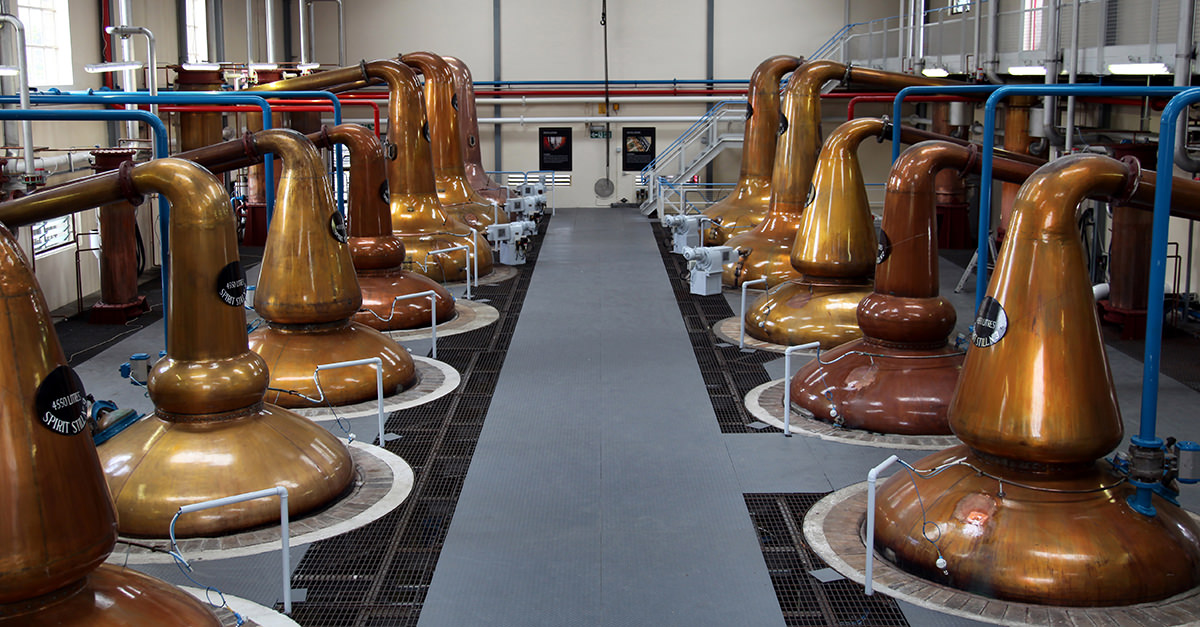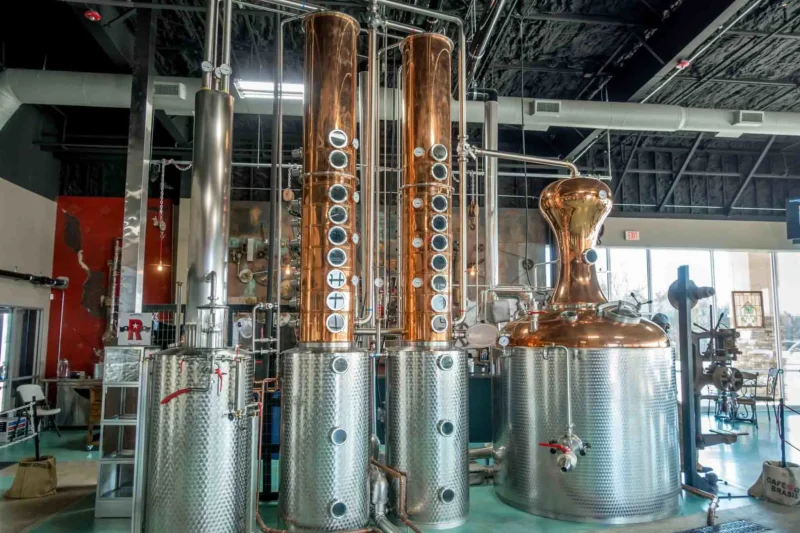Vodka is one of the most popular alcoholic beverages in the world, with its clear and distilled composition captivating millions. But what does it take to create this beloved spirit? Crafting Clarity: The Intricacies of Vodka Distillation delves into the complex process behind creating vodka from grain or potatoes.
From mashing to distilling, filtering, and bottling, each step must be carefully controlled for a successful final product. Through this article, you will gain an understanding of what goes into crafting a high-quality vodka that stands out from the rest.
The Science of Vodka Distillation
In crafting clarity, the science of vodka distillation is an intricate and complex process. Vodka production involves a series of steps that are designed to create a flavor profile that’s unique to each brand.
From the selection of grains or potatoes to mashing and fermentation, through refinement and filtration methods—every step in the distillation process affects the character of the finished product. The first stage begins with selecting grains or potatoes as base ingredients for vodka.
This choice is key in developing a certain flavor profile for each brand; different types will be used by different producers depending on what type they want their vodka to embody. The chosen ingredients then go through several processes: mashing which prepares them for fermentation, fermentation which turns starch into alcohol using yeast, purification where solids are removed from a liquid via distillation techniques such as fractional freezing and vaporizing before finally being filtered multiple times until it reaches its desired level of purity.
Each part of this lengthy procedure affects the taste and aroma differently because different temperatures bring out specific components from these base ingredients during refining stages; higher temperatures draw out more fruity notes while lower ones release earthier tones into the mix creating a balance between sweet & savory flavors when all said elements come together in one final blend.
With so many variables at play, even seemingly minor changes can drastically alter how the final product tastes – making sure everything comes out just right requires careful attention throughout the entire journey from start to finish!
Understanding the Art of Crafting Clarity

When it comes to crafting clarity, vodka distillation is a complex art form. It requires a delicate balance between ingredient selection and the temperature of the mash, all while following rigorous safety protocols.
To craft quality vodka that stands out from its competitors, distillers must understand how these elements interact with one another and how they can be manipulated to create unique flavors and aromas. From selecting different grains for their starch content or choosing non-traditional ingredients like spices or herbs, each step in the process has implications on flavor and mouthfeel that can make or break a batch of vodka.
Additionally, distillers have to consider factors such as fermentation time, still type, and size when creating their product—all of which contribute to creating an end product that meets quality standards but also offers something special for discerning customers. Crafting clarity in vodka distillation is both an art form and a science; understanding not only what needs to be done but also why it needs to be done is key for any successful endeavor in this industry.
Exploring the Complexities of Taste and Texture
When it comes to crafting vodka, taste and texture are of utmost importance. The process of distillation is intricate and multi-faceted, requiring skill and expertise to create the perfect end product.
From the careful selection of grain or potatoes used in production to the precise combination of ingredients that define a particular brand’s flavor profile, there is much complexity surrounding this special spirit. Understanding how different fermentation techniques interact with temperature control and various filtration systems can help craft clear liquids with unique aromas ranging from sweet floral notes to spicy pepper tones.
Even variations between batches can be detected as subtle changes in nose or mouthfeel provide distinctions between vodkas produced at different times. Exploring these nuances helps uncover layer upon layer of complexities when it comes to taste and texture – elevating vodka from an ordinary distilled spirit into something special.
Achieving Perfection in Every Bottle

Achieving perfection in every bottle of vodka requires an intricate understanding of distillation processes and a deep commitment to precise craftsmanship. From the selection of grains to the careful monitoring of temperatures during fermentation and then finally, with expert care, the distilling process itself – each step is essential for creating a superior spirit.
Beyond that, it takes years of experience to understand how best to blend these elements and bring out the unique character within each recipe. The perfect balance between flavor profiles ensures vodka enthusiasts can enjoy a smooth yet complex drinking experience while enjoying their favorite brands.
With this kind of passion put into every bottle produced, achieving perfection is no easy feat but one that pays off for those who truly appreciate its complexities.
Conclusion
The intricate process of vodka distillation is a complex but rewarding task. From the selection of base ingredients to the careful monitoring and adjustments made during production, every step in the journey requires skill and precision.
The end product – a high-quality vodka – is an example of what can be achieved when attention to detail is given. Vodka distillation offers a unique opportunity for those who are passionate about creating spirits that will stand out in any setting.
With its clean flavor profile and smooth finish, it’s no wonder why this beverage has been popular for centuries!



